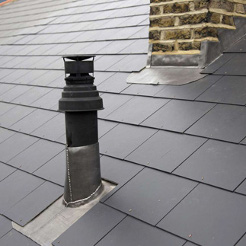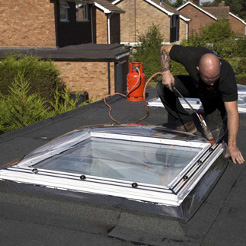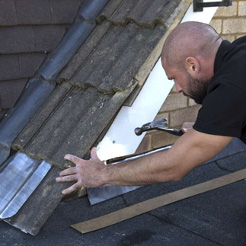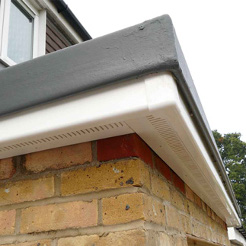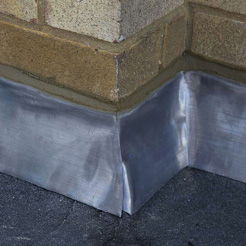As evenings become lighter and the return of normality draws closer, your roofing may be the last thing on your mind. However, after the winter months we have experienced, with heavy winds, long-lasting snow and ice, combined with the rainfall of early spring we are to endure, it is crucial that you inspect and monitor the condition of yours to prevent the occurrence of any arising damaging factors.
Inspect your roof tiles
With the inconsistent weather temperatures we have endured in the UK, even more so over the last few years, you should check your roof regularly for any broken or missing tiles. Every material has an expansion rate, including these roof tiles. The alternation between high and low temperatures can result in repeated expansion and contraction, causing your tiles to become prone to cracking and failing and eventually risking a roof leak.
Inspect for mould growth
The transition from winter to spring can involve a rise in moisture levels, triggered by the change in temperature and the frequent use of heating within the property. Mould growth is commonly found in locations of high moisture, such as upon your walls or within your loft space, where heat will rise and potentially hip cold spots within your home. Discoloration can be an early sign of mould growth and should be dealt with as soon as you find it. Ventilation plays a key part in eliminating potential mould growth and, although it’s great to keep the warmth inside your property, it is also important to let fresh airflow carry throughout your home for safe ventilation and mould prevention.
Inspect for pooling water
Commonly found upon flat roofs, a build up of pooling water can result in damaging effects for your roofing materials, leading to internal leaks and a requirement for repair or replacement work. However, every roof should have a degree of fall for rainwater to dissipate. Pooling water may be due to incorrect installation of your roof, or a long-standing, unsolved leak which has caused the flat roof structure to fail beneath the roof coverings. Incidents such as these will require immediate attention.
Gutter inspection
A gutter inspection should be a yearly occurrence at minimum but could be carried our more frequently if your property is in a location with a high volume of trees. Approaching spring, you will want your gutters clear of debris buildups so that the rainwater from April’s showers can flow freely to the nearest outlet. Roof Rescue can carry out inspections, clearances, repairs and renewals to all domestic guttering.
Inspect for pests
As winter draws to an end, insects and animals are awakening from their hibernation periods, seeking food and constructing their nests. The warmth and dry cover of your roof, chimney and loft space can be the ideal location for these habitats. Birds and squirrels are the most common pests you could expect to find. As spring approaches, take additional time to inspect these locations and prevent your roofing becoming habitable for nature. Check for potential entry points that will need covering or filling to reduce the chance of pests entering your property.
Here at Roof Rescue, we can carry out regular examinations on the condition of your roofing, ensuring that it remains safe and sturdy all year round. Get in touch with a member of our team to discuss any enquires, or to request for a specialist opinion on any damaging effects you’ve spotted this spring. Call us on 020 3189 1618 and we will be happy to help.

